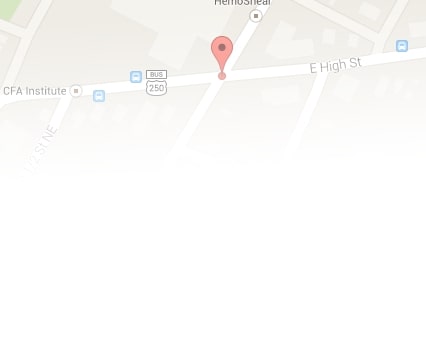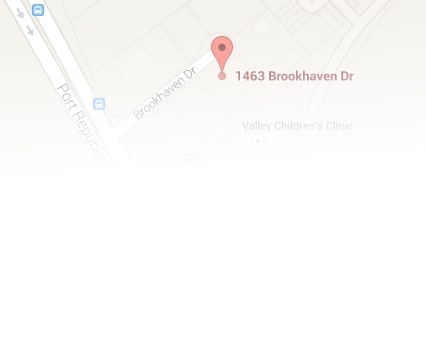Though a r0ecent warning was issued by the Australian Institute of Architects to apply to Australians, that warning also applies with equal force to Americans: use care when renovating older homes that have asbestos fibers. Do-it-yourselvers may needlessly expose themselves to the inherent dangers of asbestos fibers when they demolish parts of old houses, such as by drilling or hammering asbestos fibers, sanding the fibers, or even by tearing or cutting asbestos-containing items.
Many pre-1970 homes contain asbestos in the attics, basements, or roofs. In addition, asbestos may appear in or around heaters, boilers, furnaces, incinerators, steel beams, water and sewer pipes, gaskets made for high temperatures, electrical wiring, stovepipe rings, vinyl and linoleum sheet flooring, roof shingles, ducts, floor backing, partitions, panels, and even acoustic tiles. Asbestos fibers pose threats to people if the fibers are disturbed and then released into the air, when the fibers are then inhaled by those present.
For a legal consultation with a personal injury lawyer, call (434) 817-3100
Asbestos fibers pose a particular danger because, once the fibers enter someone’s lungs, the fibers cannot be exhaled and, in some cases, may exist in the body for up to fifty years without awareness. Health conditions may result in people as their bodies unsuccessfully attempt to expel the fibers, such as asbestosis, or even cancers associated with asbestos inhalation, such as mesothelioma or lung cancer. It often takes several years for these health conditions to emerge following an asbestos exposure.
In light of the dangers involved with asbestos exposure, be sure to handle your home renovation and home improvement projects with great care, even if your house was built after 1970. If you believe that you encounter asbestos during the renovation, do not disturb it. Instead, contact an asbestos abatement professional to isolate and remove the dangerous fibers.
Bob Byrne, the author of this post, is an experienced AV-rated trial lawyer who practices in MartinWren, P.C.‘s Virginia Personal Injury Lawyers Group, its Virginia Toxic Torts Attorneys Group, and the Virginia Products Liability Attorneys Group. For more information about this article or to discuss a potential case with Bob, please contact him at 855-812-9220 or send him an email at [email protected]
Call (434) 817-3100 or complete a Case Evaluation form



